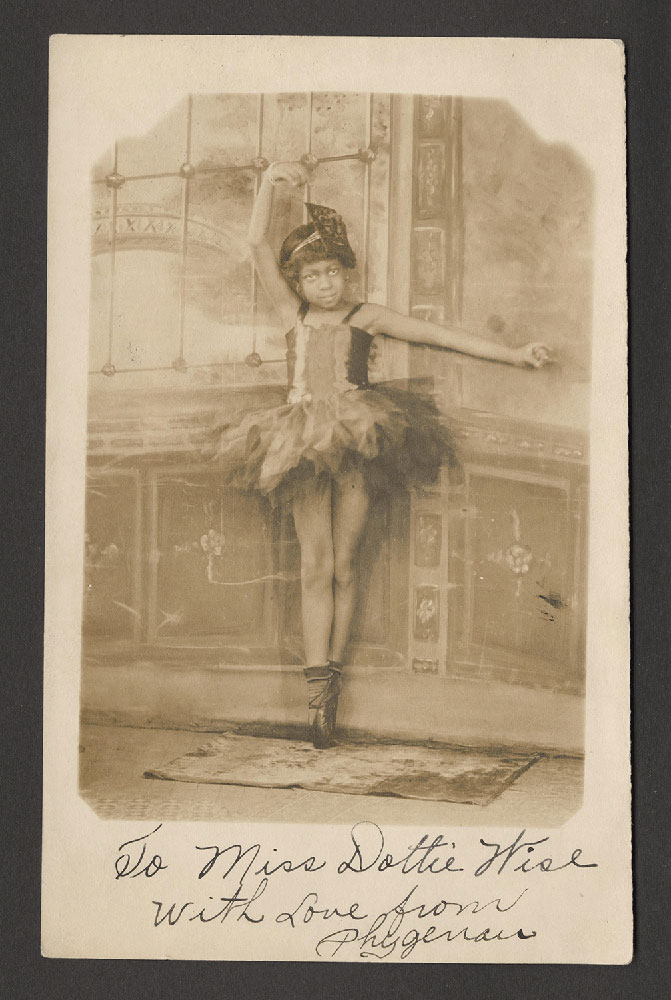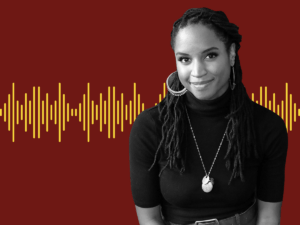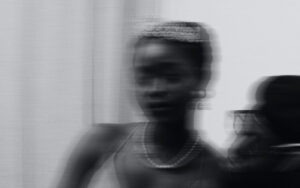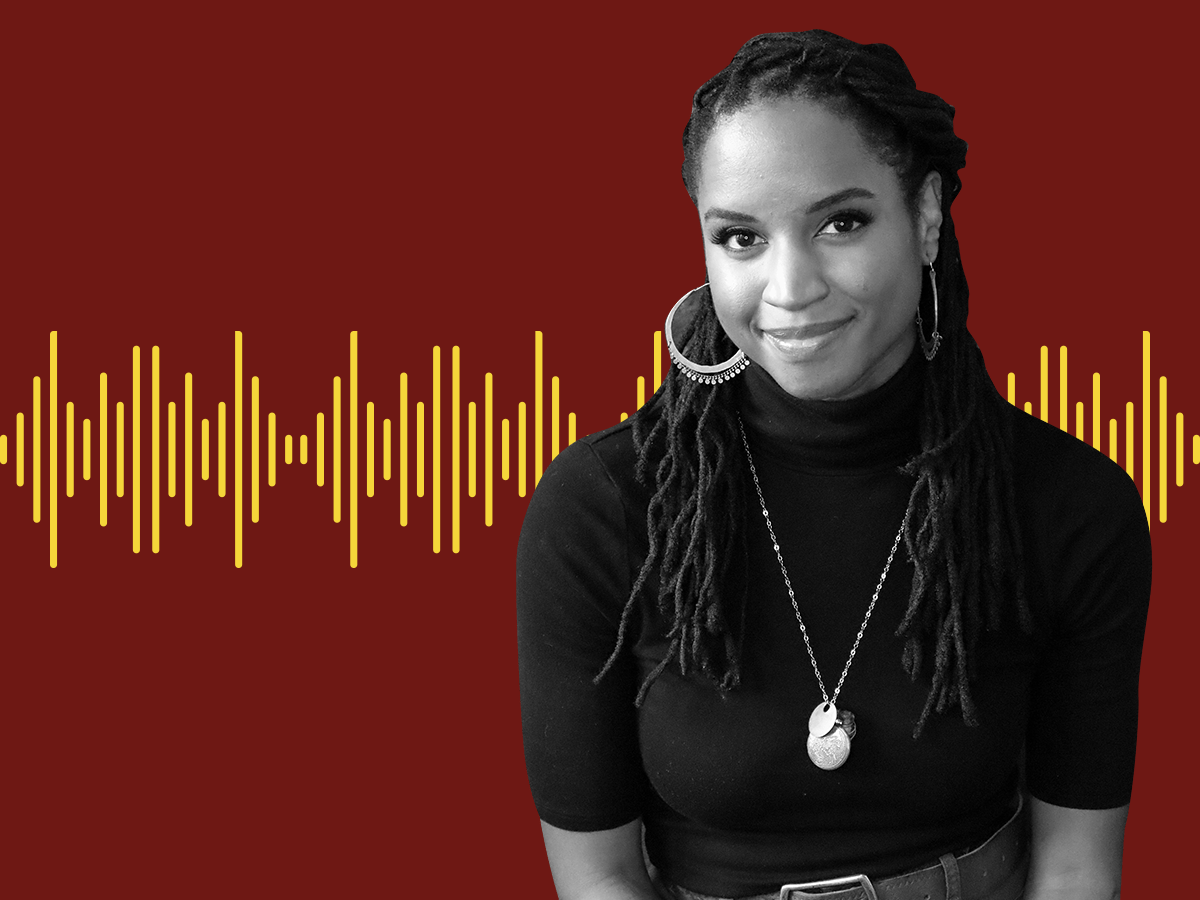
Mere hours after Michael Brown was murdered by police in Ferguson, Missouri, in 2014, photos of the young man began to circulate. WNYC reports that the minute details of these photos, down to the posture of his hands, were used as police evidence that 18-year-old Brown was, as the New York Times put it, “no angel.” Black Americans quickly took to Twitter to respond to the media coverage, sharing their own photos with the hashtag #IfTheyGunnedMeDown to show how photographic representations of Black people—even images intended as private family photos—are so often used to distort the truth and present an unflattering portrayal.
The struggle for positive photographic representation has long been a concern of Black Americans, whether they wield the camera or pose for it. Frederick Douglass was highly aware of this and made a point to become one of the most-photographed people of his era. Douglass believed that having his portrait taken was another means to show the dignity, enterprise, and humanity of Black Americans during a time when these traits were considered up for debate. He sought to use photography to portray an empowered and positive image of himself and, by proxy, the entire Black community.
A new exhibit at the University of Michigan, Ann Arbor, “Framing Identity: Representations of Empowerment and Resilience in the Black Experience,” curated by Samantha Hill (a 2019–2021 Joyce Bonk Fellow at the William L. Clements Library and graduate student at the University of Michigan School of Information), considers how Black photography has historically been used as Douglass encouraged: as a means for positive self-representation in defiance of a deeply racist society. Inspired by “Age of Pictures,” a lecture Douglass gave on the power of capturing moments in time to transpire a “full and accurate representations of ourselves,” Hill’s exhibit shows how Black photography by Black photographers became an innovative tool in the late 19th century that allowed people to construct “an empowered self-image.”
The exhibit, which can be viewed for free online, contains works by Black photographers and showing Black subjects. The photographs primarily portray everyday people sitting for portraits or captured candidly throughout their daily lives (as well as frontispiece photos of Douglass and other well-known Black authors).
The exhibit considers the role of both photographer and subject in representing Blackness. The nature of many of the photographs as private artifacts—mementos created to preserve community history or pass on to loved ones—suggests the power that positive photographic representation held for these Black Americans, even as they survived the violent racism of the US. Photographs allowed them control over their appearance, which also meant control over their dignity and selfhood; they offered a space where Black people could be themselves, or any particular version of themselves. Though the white gaze might eventually fall on the photograph, the work of photographer and subject together created a representation of Blackness that even an adversarial white gaze could not pervert.
Hill’s curatorial study of Black empowerment through photographic representation comes on the heels of a controversy over Vice President Kamala Harris’ recent Vogue cover. The cover, in which Harris, casually dressed, stands with hands folded before a background of simple drapery, serves as a reminder that the white gaze is still a powerful force to be negotiated with when creating Black images.
Sign up for our free newsletters
Subscribe to NPQ's newsletters to have our top stories delivered directly to your inbox.
By signing up, you agree to our privacy policy and terms of use, and to receive messages from NPQ and our partners.
While Tyler Mitchell, the photographer who shot the cover image of Harris, is a Black man, the editor who got the final say—Anna Wintour—is a white woman (and one with a history of racial insensitivity). Many felt that Harris, who herself is a symbol of breaking glass ceilings and color lines as the first Black woman US vice president, deserved a cover with more pomp and style. Indeed, as Hill notes in the exhibit, “Individuals made purposeful choices in selecting their garments for a sitting while photographers designed elaborate backdrops to integrate a person into a scene. This collaboration elevated African American imagery from stereotypical caricatures to authentic representations of people with style and personality.”
There was an expectation that Harris would be given this same opportunity for her cover shoot, and some felt that the choice to depict her as casual and demure was itself an act of white supremacy. (It is worth noting that Harris did get a say in her fashion and background styling for the shoot but did not have control over the final cover image.) As Washington Post critic Robin Givhan put it in her article on the matter, “The cover did not give Kamala D. Harris due respect. It was overly familiar. It was a cover image that, in effect, called Harris by her first name without invitation.”
Givhan is clear that it was not the artistic decisions made by Mitchell that caused offense: “In some ways,” she writes, “it’s an audacious way of depicting this new political era and its break with the past.” Rather, the problem was choosing this as the cover image, the image that would appear on newsstands and be remembered for generations. The editors’ final choice suggests that they were aware of the tension of Black representation and chose a public-facing image perhaps more concerned with making Harris palatable to white readers than giving Harris her due fanfare.
Mitchell is no stranger to the negotiations of Black representation that take place among photographers, subjects, editors, and viewers. In 2018, he made history as the first Black photographer to shoot a Vogue cover. This was by design; according to the Daily Beast, Beyoncé had an unprecedented level of control over the shoot, approving everything from the photographer to the final cover image. The result is noticeably different from Harris’s cover; the feeling that we are seeing Beyoncé as she wants to be seen, fully on her own terms, is palpable. Her cover image calls back to the frontispiece image of Frederick Douglass’s 1855 book My Bondage and My Freedom—which as Hill points out, was a sign of Douglass’s agency in self-representation.
The images presented in Hill’s exhibition were taken from the mid-1800s through the turn of the last century. Yet their photographers and subjects grappled with tensions that still tug at these famed magazine covers today. Hill, Givhan, and other contemporary thinkers challenge us to consider where the line is between Black images created for self-empowerment and those made to appease the white gaze—or whether this line exists at all. It feels an insurmountable task to ask Black photographers to reckon with, and yet, as the hashtag #IfTheyGunnedMeDown reminds us, every Black portrait is poised as an answer, so long as US culture remains steeped in white supremacy.—Tessa Crisman












